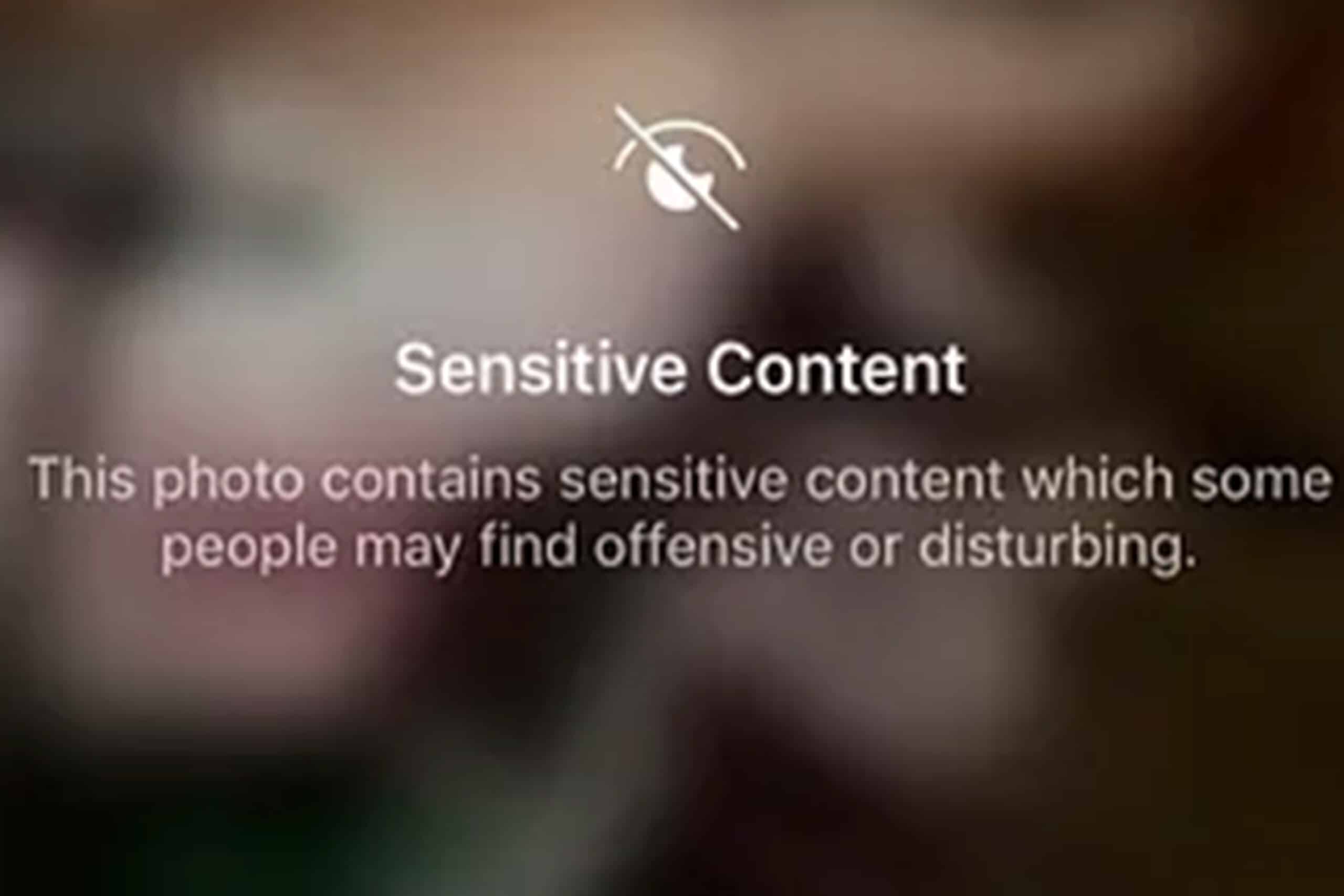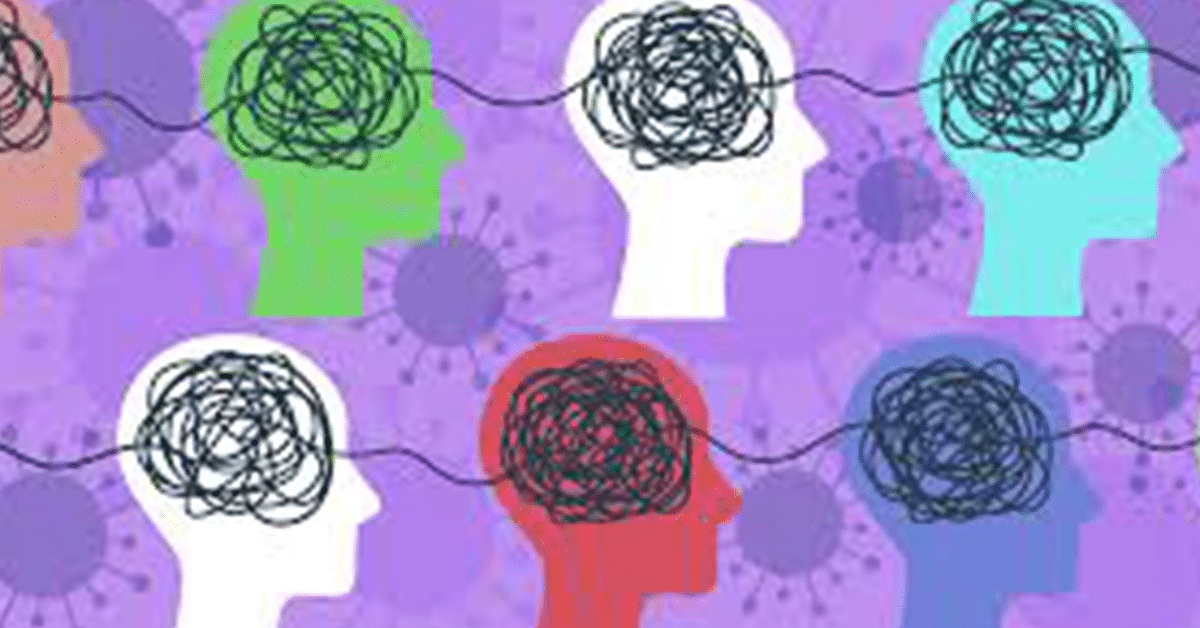You’re sitting at your computer. You’ve been told you’ll be participating in an online experiment, designed to test your “visual learning skills.” You answer a few questions about your current mood, and then a message appears on the screen:
TRIGGER WARNING: The following video may contain graphic footage of a fatal car crash. You might find this content disturbing.
A few seconds later, you’re watching a public service announcement video clip depicting a speeding driver. The driver crashes. He is killed instantly.
You’re asked to rate your mood again. How do you feel?
Now, imagine you’d participated in the same experiment, but with one difference: there was no trigger warning. You signed up for the study, answered some questions and, before you knew it, you were watching the disturbing video clip. How would you feel then?
Surely, by receiving the warning, you’d be better prepared to handle the negative content. You would have known what to expect. You’d feel less anxious, less disturbed, less upset. Right?
It turns out, probably not.
What are these “TWs” and “CWs” I keep seeing on Instagram?
Content warnings (CWs) are statements used to communicate that content (i.e., writing, photos, videos) may contain disturbing themes or imagery. These types of warnings have a long history in media—particularly movies and television content (e.g., viewer discretion is advised).
Trigger warnings (TWs) are a subtype of content warnings, explicitly designed to warn that negative emotions might result from certain content and to protect people from psychological harm, especially individuals with a history of trauma (e.g., you might find this content disturbing). In practice, these terms are often used interchangeably.
If you’ve spent any time in the world of parenting content on social media, chances are, you’ve come across these types of warnings. A quick “TW” or “CW” often precedes social media captions, and sensitivity screens—another form of content warning that blurs potentially offensive images until users click to uncover them—are now a mainstay on social media.
So, do trigger warnings work?
It certainly seems like trigger warnings should be helpful. Why not give people a warning that they might be upset by certain content, especially people who may be particularly vulnerable to it? Shouldn’t that help them prepare for the content, maybe prompting them to use strategies to manage any negative emotions that might come up?
This line of thinking may be why so many people are in favor of trigger warnings. Research suggests that 57% of college students are in favor of them and most students report they are “somewhat helpful” to their mental health.
And certainly, it may be the case that trigger warnings are helpful for some people—research cannot capture the experience of every individual in every situation.
But, in general, the evidence on trigger warnings doesn’t actually line up with what we might expect. Research suggests that trigger warnings neither reduce people’s negative emotions after seeing disturbing content, nor do they help people to cope better with that content.
In the study described above, for example, researchers ran six separate experiments with a total of 1,394 people, randomly assigning some to receive a trigger warning before viewing content and some not to. They varied nearly every component imaginable across the experiments—the type of content (video vs. text), the population (college students vs. other adults), the negativity of the content, the wording of the trigger warning–and the results were consistent. Trigger warnings did not reduce participants’ anxiety or negative feelings.
In fact, they made no difference.
These effects seem to hold both for the general population, and for those who have experienced trauma—the very people trigger warnings are often intended to protect. In a study of 451 trauma survivors, participants were randomly assigned to either receive a trigger warning or no trigger warning before reading a passage. Again, there was no difference in the reactions between groups, even when the content of the passage closely matched the type of trauma the participant had experienced. Unfortunately, trigger warnings did not help trauma survivors to avoid painful memories or brace themselves for upsetting content.
Okay, but don’t trigger warnings at least help people avoid content?
Even if trigger warnings don’t help people to emotionally prepare or cope with negative content, couldn’t they at least allow them to avoid that content altogether? Again, this makes a ton of sense! But here, again, comes research—such a Debbie Downer—to tell us that trigger warnings don’t end up functioning that way.
Across studies, these warnings do not seem to reduce the likelihood that people go on to view negative content. In one recent study, for example, college students watched a “traumatic film” and then had the option to view images from the film, either preceded by a trigger warning or not. The researchers found that trigger warnings did not increase the likelihood that participants would avoid the images.
Studies of Instagram’s “sensitive content” screens (see below) reveal a similar pattern—they don’t seem to deter people from viewing negative content.
Why would this be? Well, you know how when your friend says “The craziest thing happened to Sarah yesterday…but I promised I’d let her tell you herself,” then suddenly finding out what happened to Sarah becomes the most important thing you’ve ever done? Whereas, if Sarah had simply called you and launched into the story of how she saw Ben Stiller at her physical therapist (he looked great!), you would have simply nodded along absentmindedly while checking your email?
When we’re told we can’t do something—whether that’s to know what happened to Sarah or to view potentially disturbing content—it paradoxically increases our curiosity and interest in it. This is called the forbidden fruit effect, and it might be causing trigger warnings to backfire.
In other words, trigger warnings may make you more likely to want to view the content.
Okay, but at least trigger warnings aren’t doing any harm. Right?
Well, not necessarily.
Studies suggest that trigger warnings may prompt a “nocebo” effect, where negative expectations of a situation cause more negative outcomes. In other words, participants are told they may feel distressed as a result of viewing certain content, and this leads them to actually feel more distressed before or after viewing that content. For example, in one study, participants who were given trigger warnings before reading a disturbing passage reported more “anticipatory” anxiety (when they also showed a belief that words could cause harm) than those who saw no trigger warnings.
Another risk? Trigger warnings may increase trauma survivors’ tendency to see their trauma as central to their identity, which has been linked to increased PTSD symptoms. Trigger warnings also rely on the principle that avoiding upsetting content is helpful for reducing anxiety, but in fact, research consistently finds that avoiding upsetting content can worsen symptoms of PTSD and anxiety over time.
Summing up
Taking these findings together, we can imagine how this might all go down in practice. I’m scrolling Instagram, going about my day, and I come across a trigger warning. It tells me that some upcoming content is potentially disturbing, and might cause harm to people like me. Because of the forbidden fruit effect, I’m just as likely to view it as if I hadn’t been given a warning. Only now, I’ve internalized the idea that the content will do harm to me. So it does.
Of course, there are things we still don’t know about trigger warnings. What, exactly, constitutes a “warning”? Would a simple information label (“this post contains violence”) be different from a warning label (“this post contains violence and you might be harmed by it”)? Or, as some argue, have trigger warnings become so ingrained in the “cultural lexicon” that even a simple information label tacitly implies the idea of a “trigger”?
Are there ways we could make these warnings more effective? Like all research, studies on trigger warnings have limitations, and we may never be able to say for sure whether trigger warnings are ineffective in every case, for every person.
Here’s what we do know, though (summarized in a recent meta-analysis): as it currently stands, trigger warnings do not seem to impact most people’s emotional responses to content. They do not reduce the likelihood that people will avoid content, and in some cases, may actually increase it. And they increase people’s distress (anticipatory anxiety) before viewing the content.
In other words, they don’t seem to be working for most people, and in some cases, they might be making things worse.
Sometimes, when something seems like it should be true, it’s even more important to take a close look at the evidence. It might just end up proving us wrong.
One interesting thing to note about studies that involve “deception”: it’s very important that researchers check to make sure participants believed the “cover story.” If participants knew this study was actually about trigger warnings, versus “visual learning skills,” for example, they might respond differently. Relatedly, it’s common for psychology studies to use college student “participant pools,” whereby students in psychology classes receive points toward their final grade (instead of money) for participating in these studies. This has always struck me as a flawed system.
Sometime during my junior year of college, I remember sitting in a small, windowless room in the depths of Harvard’s William James psychology building with some poor, unsuspecting graduate student. As a psychology major, I’d taken a lot of psychology classes at that point. The student, likely desperate to enroll participants for their dissertation research or something, began feeding me a cover story—I was going to have to give a speech, and I’d have only 5 minutes to prepare, and it was very important that I do my best on the speech, and…I cut him off. Sorry, I…I know this is fake. I’m not actually going to have to give a speech. We looked at each other awkwardly. A couple minutes later, I was walking back to my dorm, full course credit received.
This was a situation where I actually found it somewhat difficult to change my point of view. It just seems so logical that trigger warnings would be helpful, that it took a lot of reading of the research before I was convinced they might not be. Sometimes we might come across a study, look at the findings, and think Well, duh. Did we really need research to tell us that? This is why the answer is Yes. Sometimes we are proven wrong.
I’ve taken some creative liberties on this story, but the short version is that my sister recently ran into Ben Stiller at a doctor’s office and was live-texting me a play-by-play of the whole situation. For the record: I was not distractedly checking my email at the same time. In fact, I’ve combed back through our text thread and my first response was “WHAT!! Is he there right now?!?” followed by a long discussion of his current place of residence, age, and recent work. Interspersed, of course, with a brief chat about the new Jonas Brothers album.
The “Forbidden Fruit Effect” is the terminology that’s been used in prior studies of content warnings—this is the idea that when we’re told we can’t have or see something, it paradoxically increases our interest in it. This is one example of a larger psychological phenomenon called “reactance,” whereby we tend to react negatively to the feeling that our choices or freedom are being limited. Another example? The Streisand Effect, i.e., when attempts to hide or censor information increase awareness of that information, so named for Barbara Streisand’s 2003 attempt to have photos of her Malibu mansion removed from the public record. Talk about backfiring! Poor Babs not only accidentally sent hundreds of thousands of people to view this photo, but now has a whole psychological phenomenon named after her?
Keep Reading
Want more? Here are some other blog posts you might be interested in.








